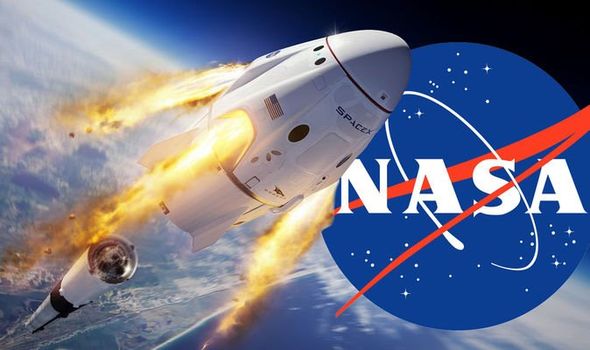Washington: NASA has launched SpaceX’s Dragon resupply spacecraft with more than 7,300 pounds of science experiments, new solar arrays, and other cargo to the International Space Station (ISS).
The SpaceX Dragon spacecraft launched on a Falcon 9 rocket at 1.29 p.m. EDT Thursday from NASA’s Kennedy Space Center in Florida, the US space agency has said.
It is scheduled to autonomously dock at the ISS around 5 a.m. Saturday, June 5, and remain at the station for about a month.
SpaceX will deliver a pair of new ISS Roll-out Solar Arrays (iROSA) to the ISS. After the Dragon docks to the ISS’s Harmony module, the robotic Canadarm2 will extract the arrays and astronauts will install them during spacewalks planned for June 16 and 20, NASA said.
This is the company’s 22nd Commercial Resupply Services (CRS) mission for NASA. It is the fifth capsule SpaceX has sent to the ISS in the last 12 months and also the first launch of the year on a new Falcon 9 rocket booster, TechCrunch reported.
The resupply mission is carrying a number of research experiments to be conducted on the ISS. This includes oral bacteria to test germ growth with Colgate toothpaste; a number of tardigrades (also called water bears), primordial organisms that will attempt to fare and reproduce in space environments; and an investigation that will study the effects of microgravity on the formation of kidney stones — an ailment that many crew members display increased susceptibility to during spaceflight, the report said.
Developed by space infrastructure company Redwire, the iROSA or “flex blanket” solar array, which is around 3,000 pounds, is loaded in Dragon’s unpressurized trunk.
This is the first of three missions to send iROSA solar arrays to the ISS, with each mission carrying two arrays. Once installed, the six iROSA arrays will collectively produce over 120KW of power.
According to Redwire, the new iROSA arrays will improve the ISS’s power generation by 20-30 per cent, the report noted.
After spending more than a month at the ISS, the Dragon capsule will splashdown in the Atlantic with research and return cargo.
